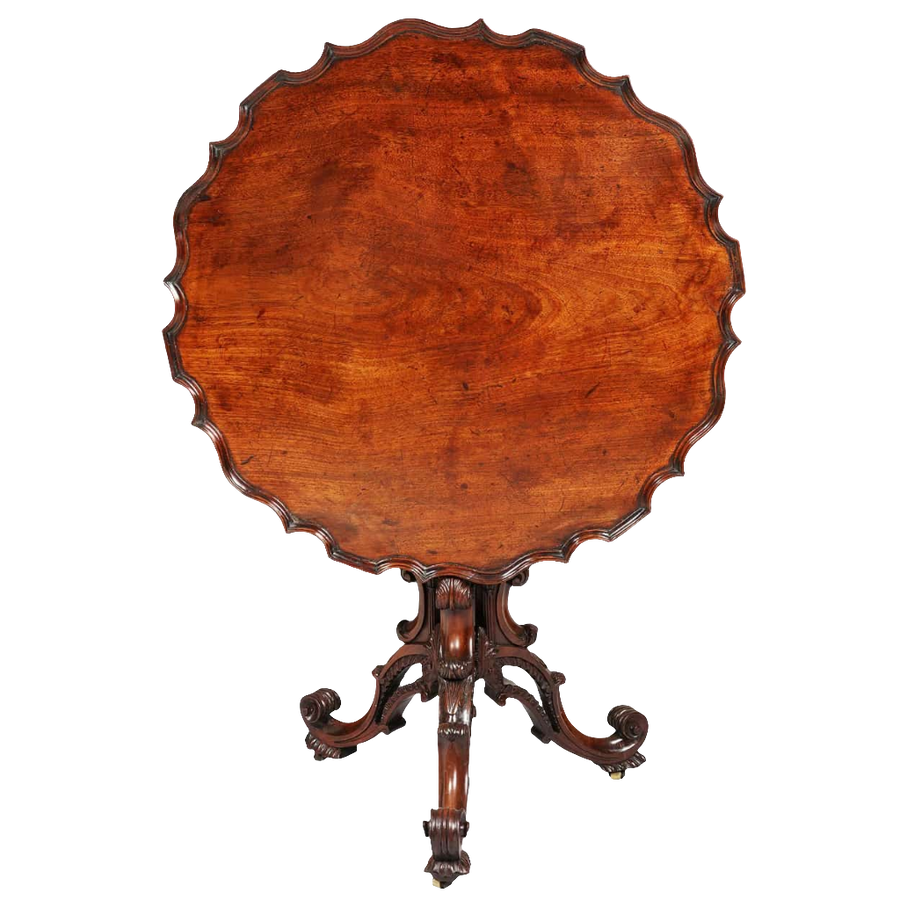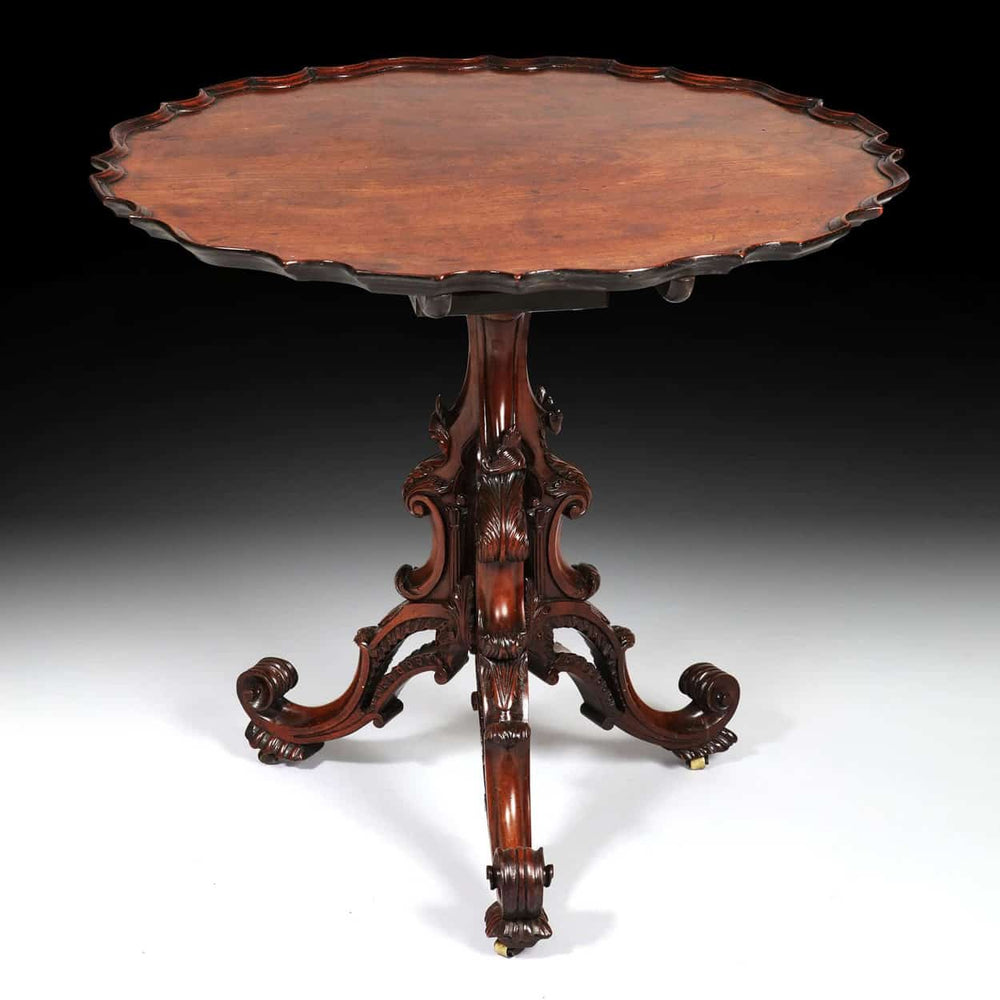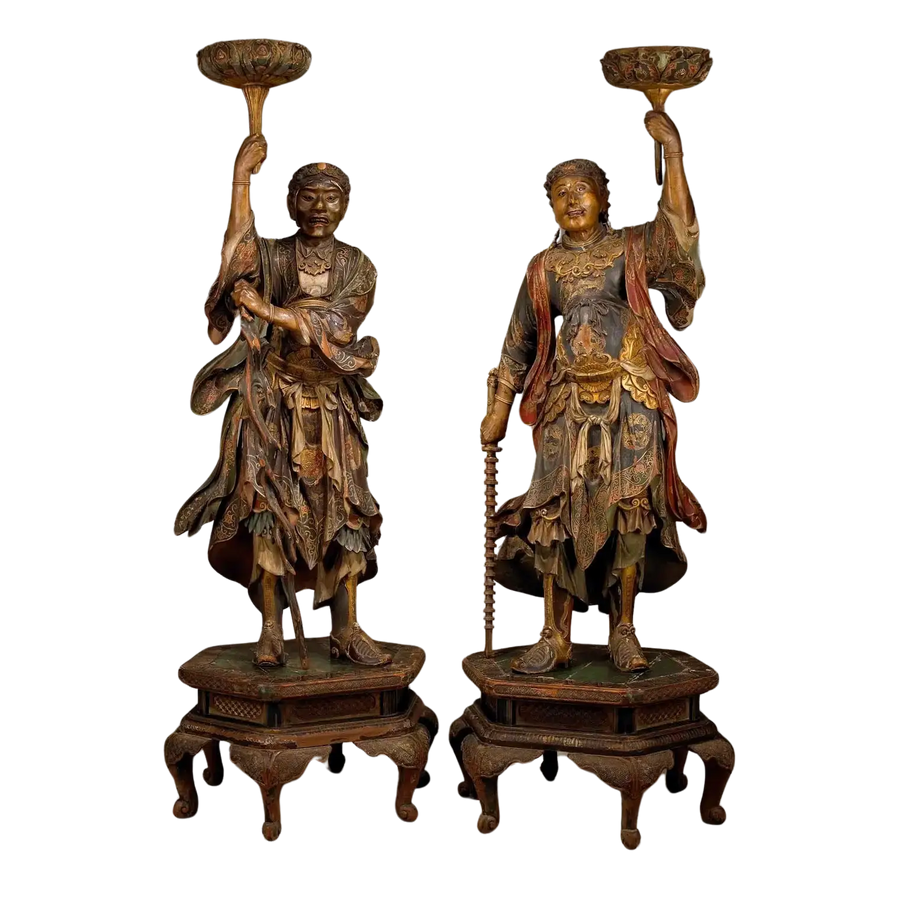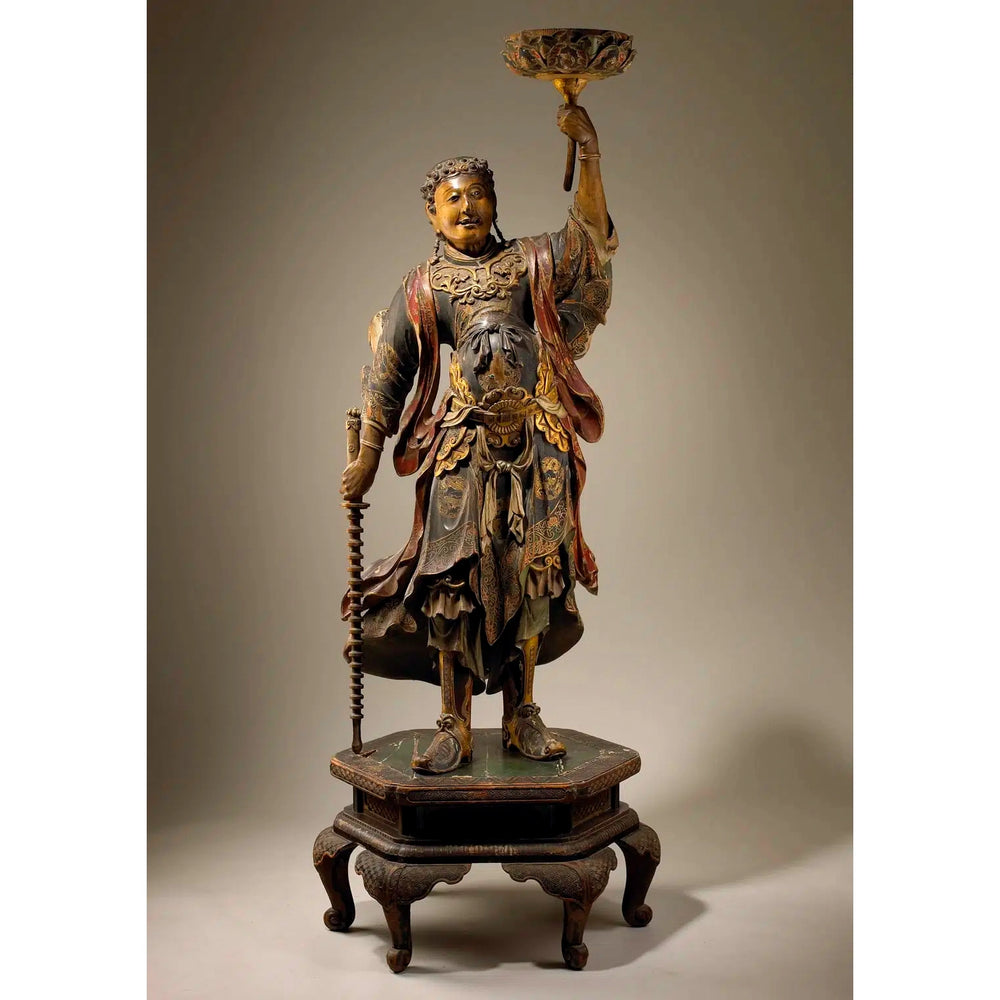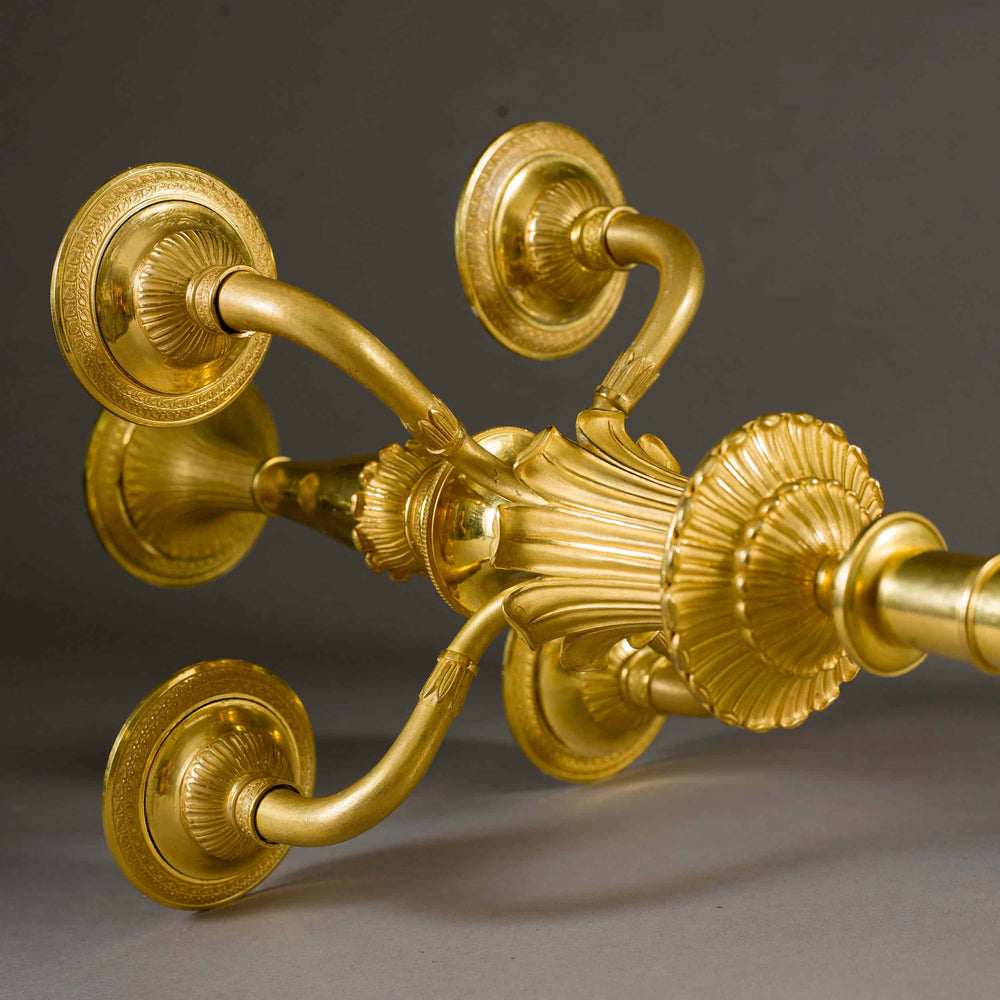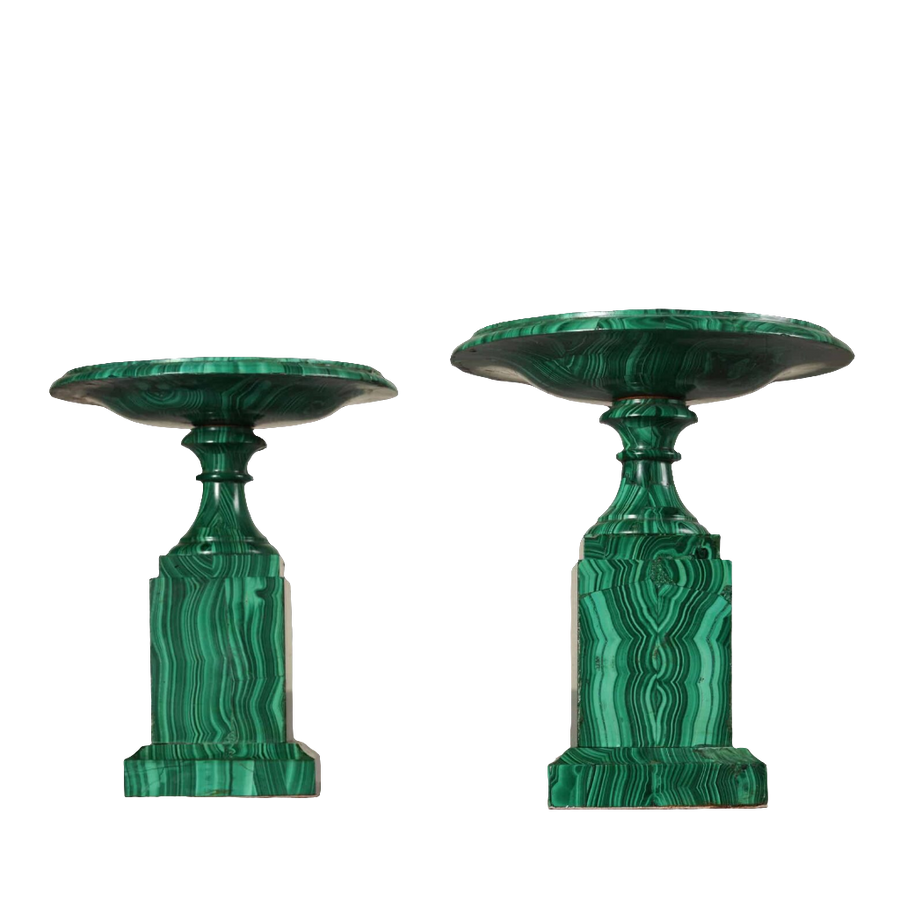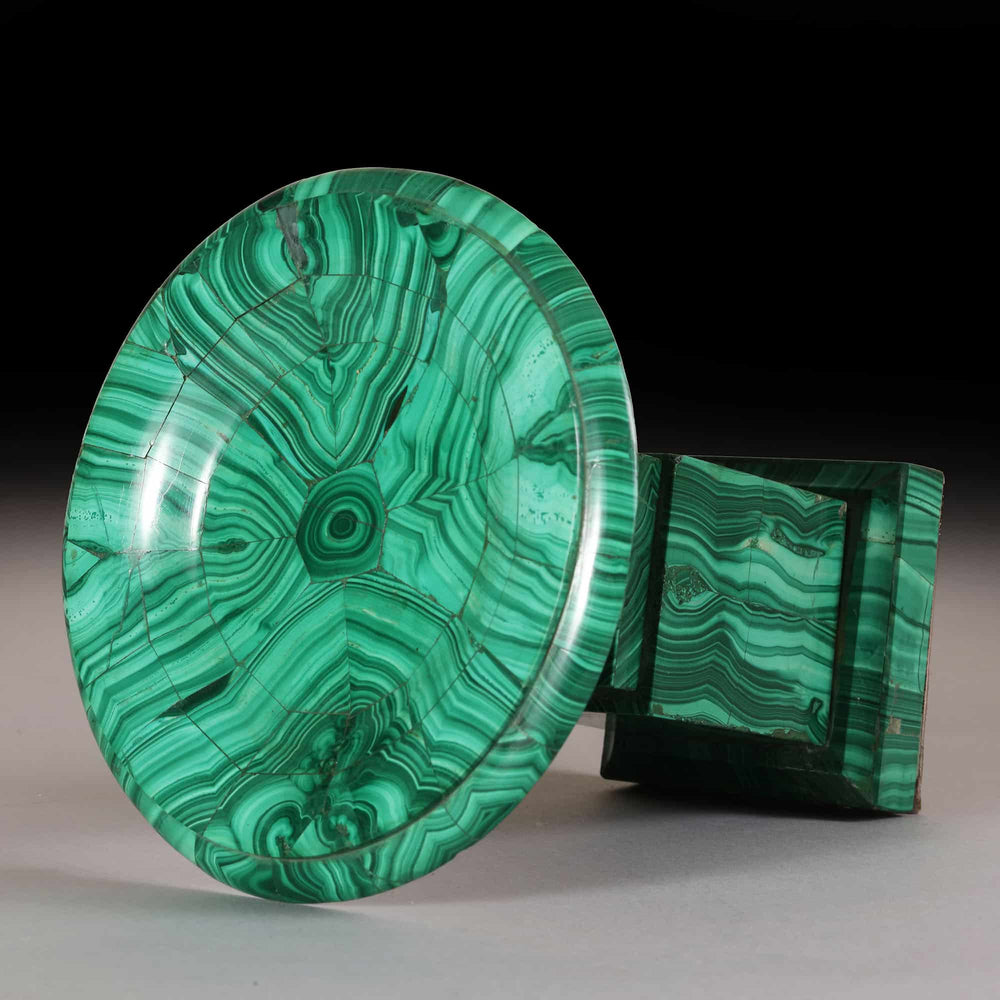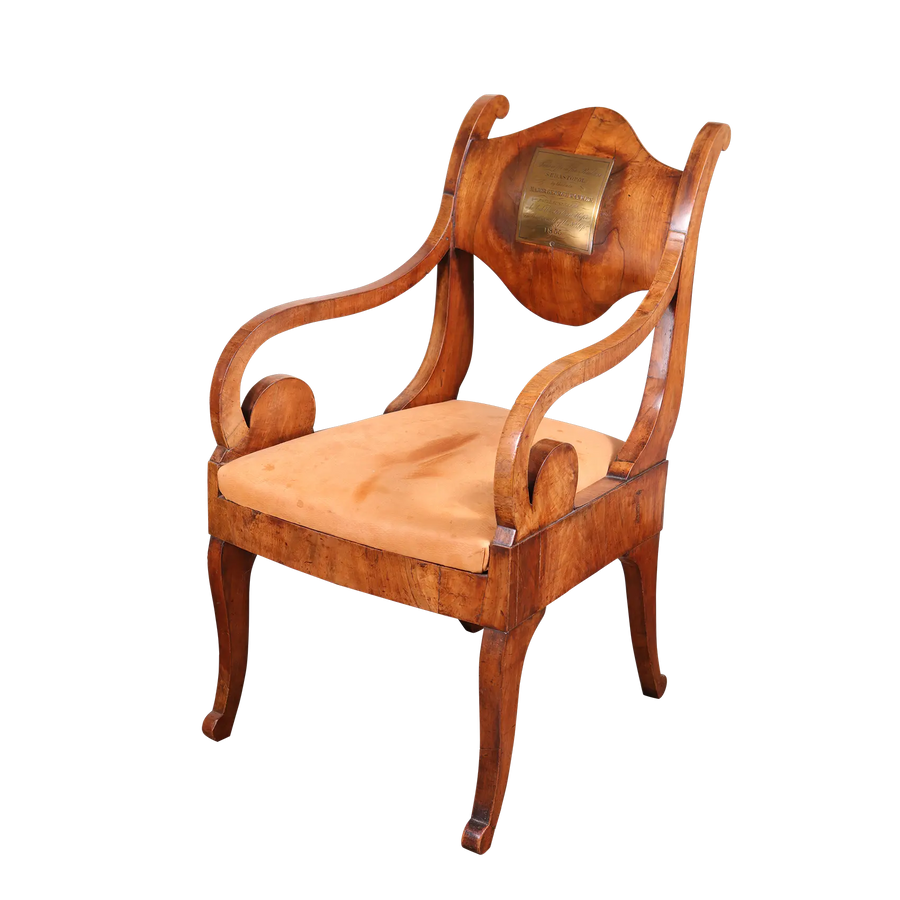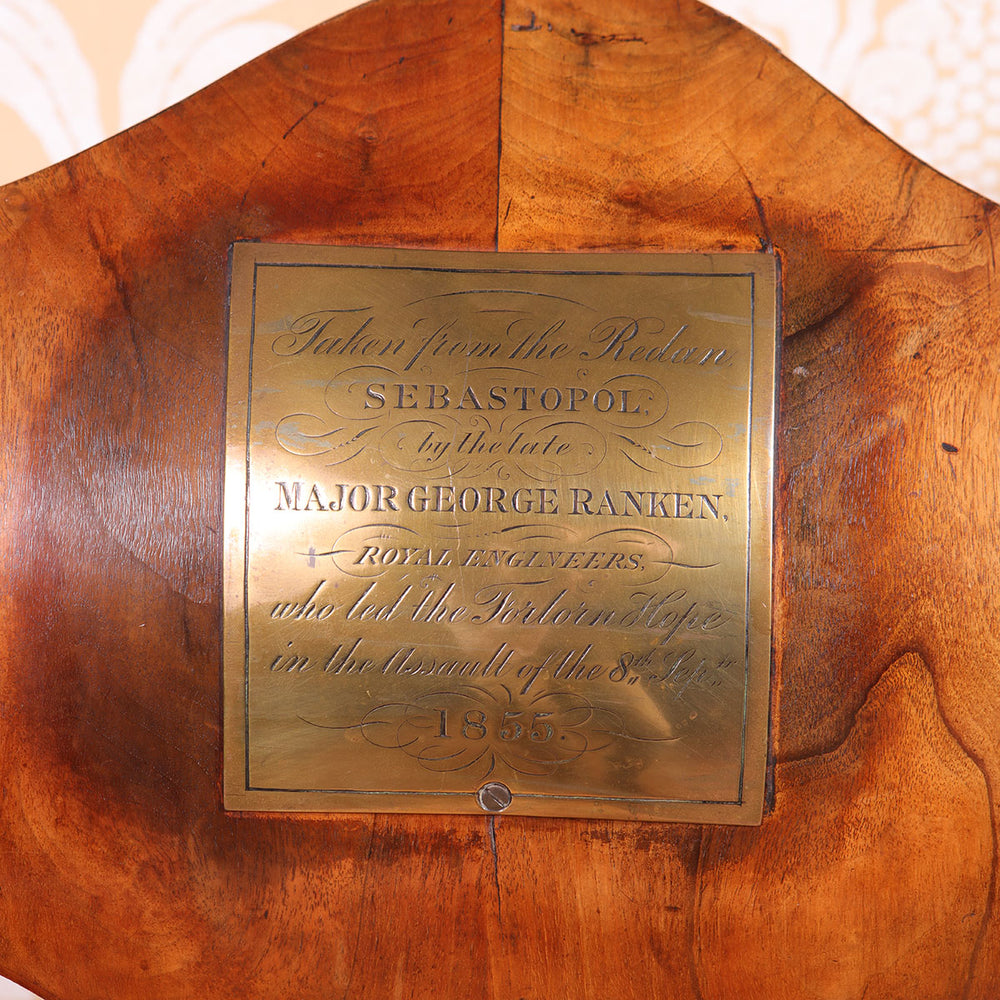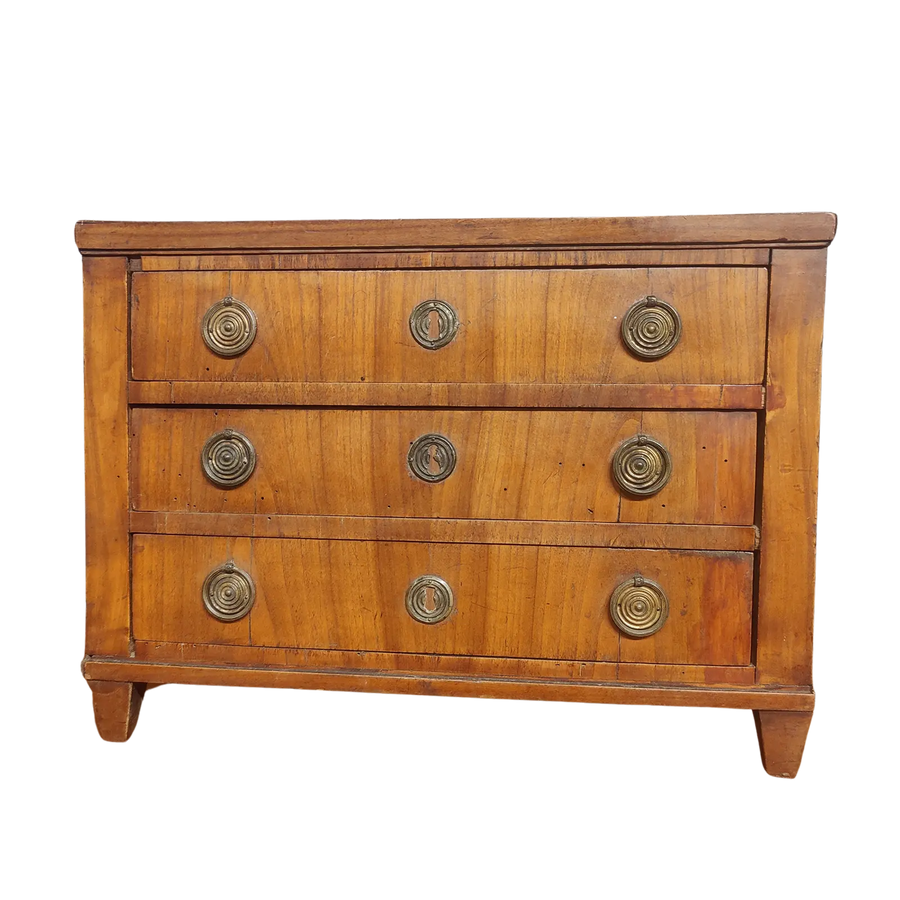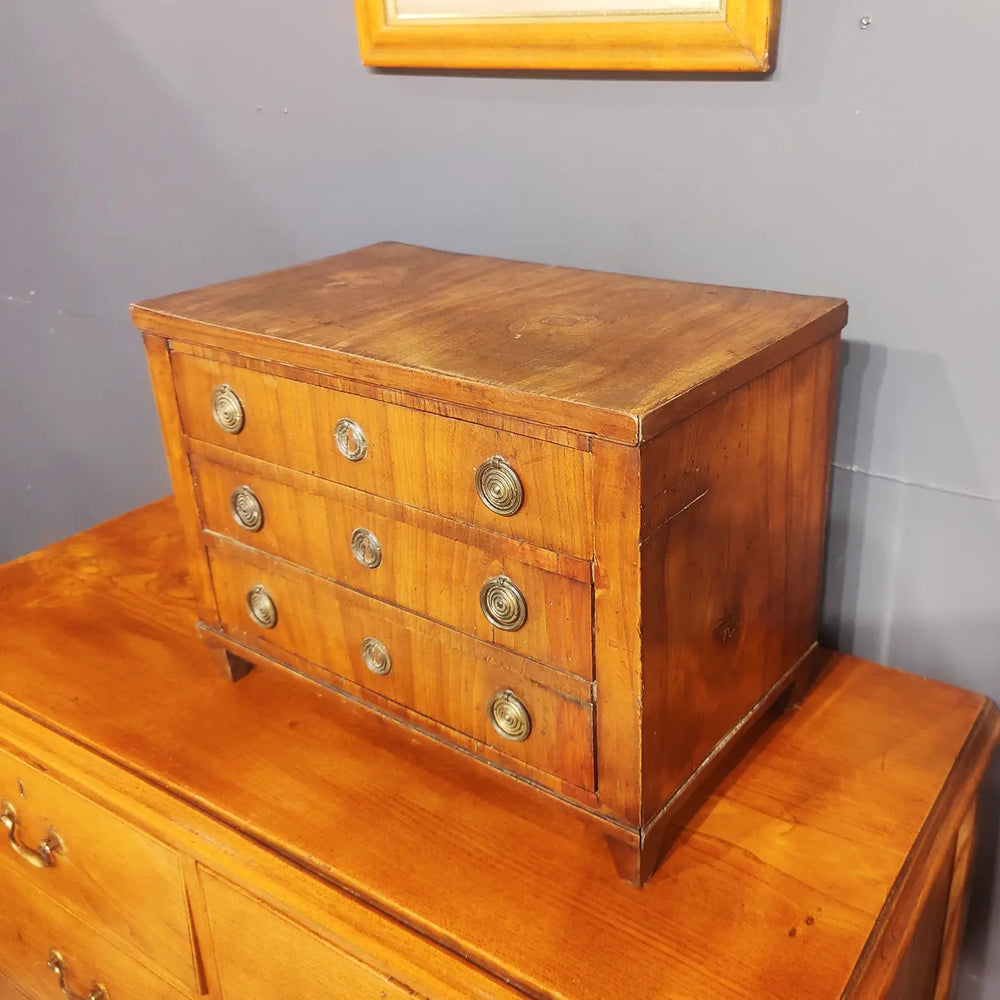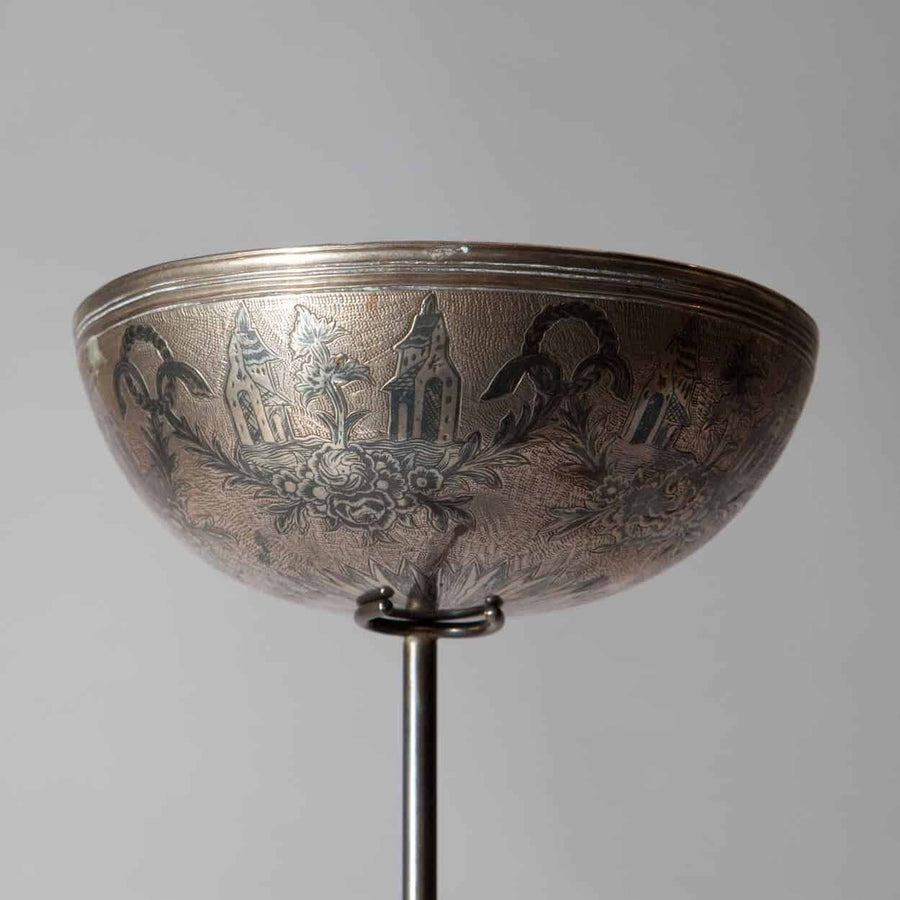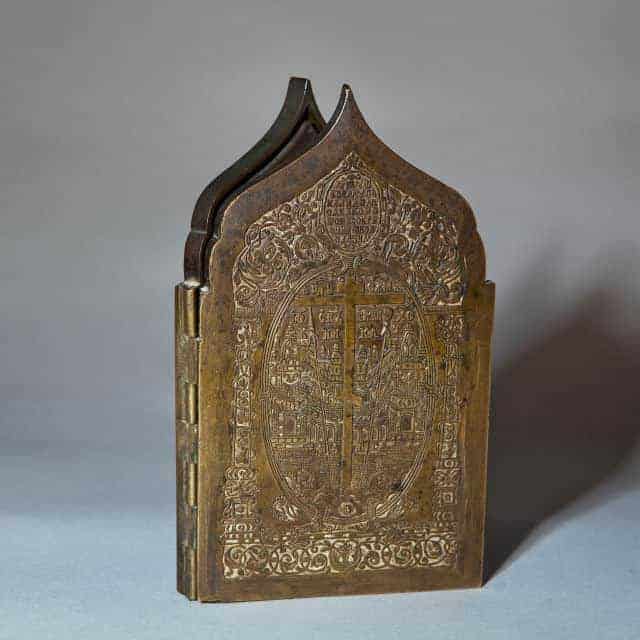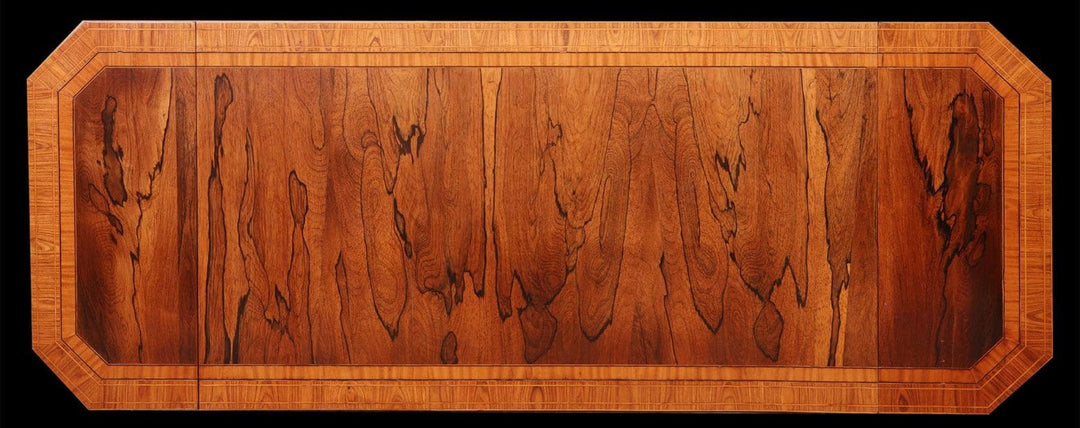In the 18th and 19th centuries, the Baltic region—encompassing present-day Estonia, Latvia, and Lithuania—developed a rich decorative arts tradition shaped by German, Russian, and Scandinavian influences. Under imperial rule, local aristocracies commissioned finely crafted furniture, textiles, and silverwork, blending Baroque and Neoclassical styles with regional motifs.
Baltic artisans were renowned for their wood carving, embroidery, and painted furniture, often drawing on folk traditions alongside European courtly trends. The result was a unique decorative language—elegant yet grounded in local identity—that reflected the region’s cultural hybridity and skilled craftsmanship.
Image: Riga skyline from the sea from volume 3 of “Civitates orbis terrarum” (Cities of the world), 1612-18. (Map 90 of 260). Geography & Map Division.
In the 18th and 19th centuries, the Baltic region—encompassing present-day Estonia, Latvia, and Lithuania—developed a rich decorative arts tradition shaped by German, Russian, and Scandinavian influences. Under imperial rule, local aristocracies commissioned finely crafted furniture, textiles, and silverwork, blending Baroque and Neoclassical styles with regional motifs.
Baltic artisans were renowned for their wood carving, embroidery, and painted furniture, often drawing on folk traditions alongside European courtly trends. The result was a unique decorative language—elegant yet grounded in local identity—that reflected the region’s cultural hybridity and skilled craftsmanship.
Image: Riga skyline from the sea from volume 3 of “Civitates orbis terrarum” (Cities of the world), 1612-18. (Map 90 of 260). Geography & Map Division.
Read More





